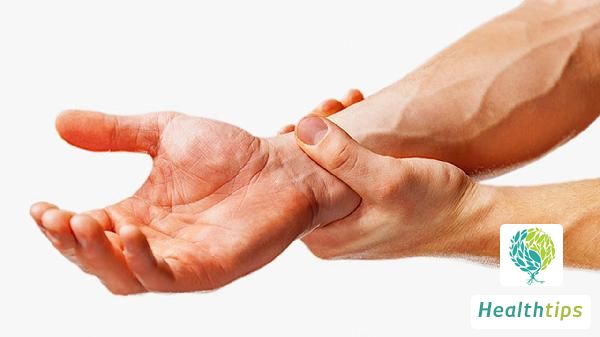Why Are There Red Blood Vessels All Over My Legs?
Red blood vessels on the legs may be caused by prolonged standing, innate delicate and fair skin, dilated capillaries, or improper daily beauty care. Here are the possible reasons:

1. Prolonged Standing or Innate Delicate and Fair Skin
Prolonged standing or innate delicate and fair skin is common in people who often stand for long periods or have inherently delicate and fair skin. Obesity may also contribute to this condition. In such cases, no immediate treatment is required, and observation is recommended. If any complications arise, targeted treatment should be adopted, mainly focusing on improving blood circulation in the lower limbs.
2. Dilated Capillaries
The red blood vessels on the legs, similar to those on the face, are often caused by dilated capillaries. Visible skin redness, red or purple patchy, dot-like, linear, or star-shaped dilated capillaries may appear on the legs, arms, abdomen, chest, and other parts of the body. The blood vessels on the skin or mucosal surface with red blood vessels may appear as thread-like, star-shaped, or spider web-like changes. The red blood vessels are bright red and glassy, do not fade after compression, develop slowly, and do not increase significantly after formation. They are limited to certain areas, and some may cover a wide range. Generally, they cannot disappear spontaneously and may affect the aesthetic appearance of the body.
3. Improper Daily Beauty Care
Improper selection of skincare products during daily skincare routines can cause red blood vessels. Some skincare products may irritate the skin and reduce its immunity, leading to the appearance of red blood vessels. Additionally, regional factors, such as frequently traveling and exposure to different environments, can affect the skin's response and lead to an increase in the number of cells, causing red blood vessels. Lifestyle habits, such as smoking, drinking, and consuming spicy and stimulating foods, may also increase the risk of developing red blood vessels. External environmental factors can also play a role.



















